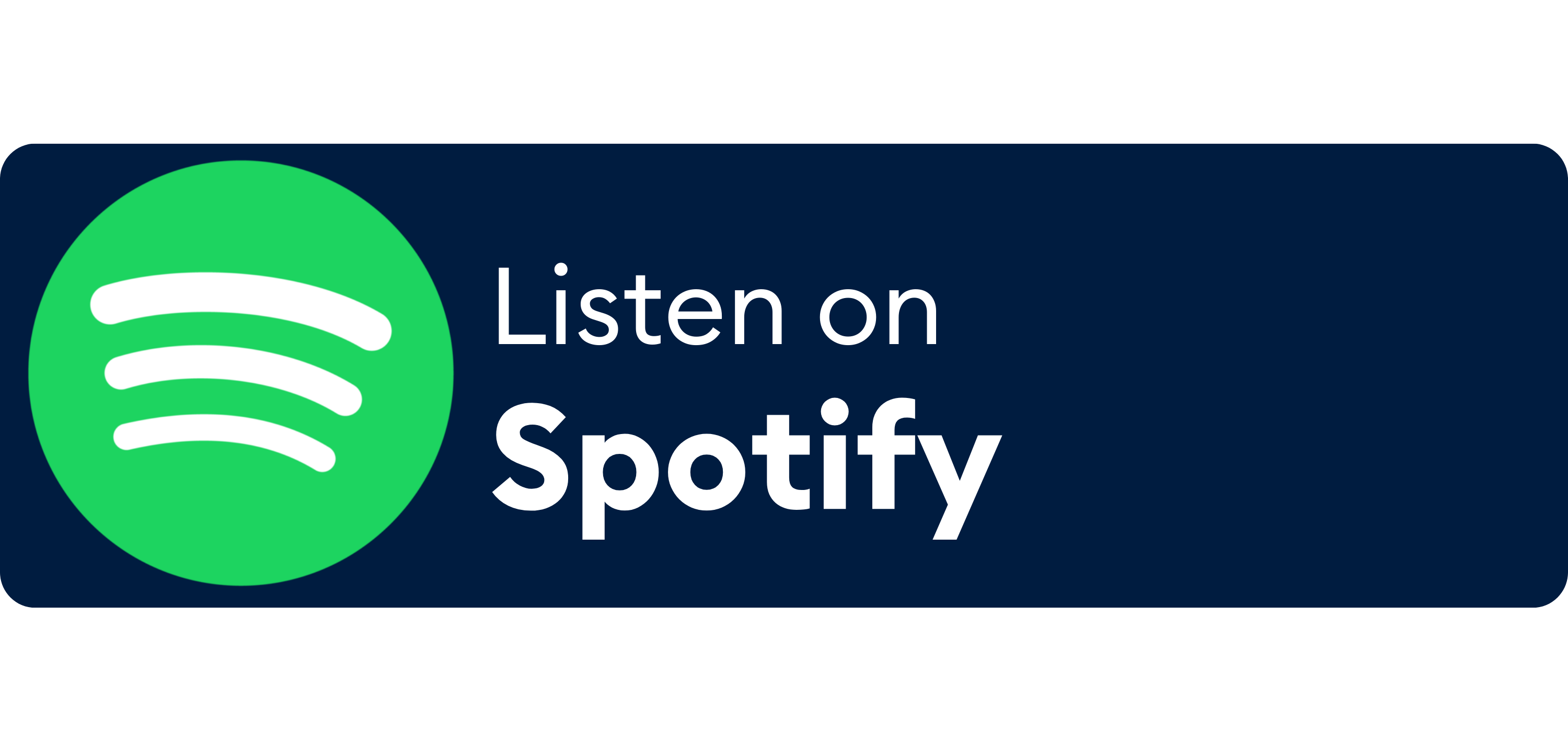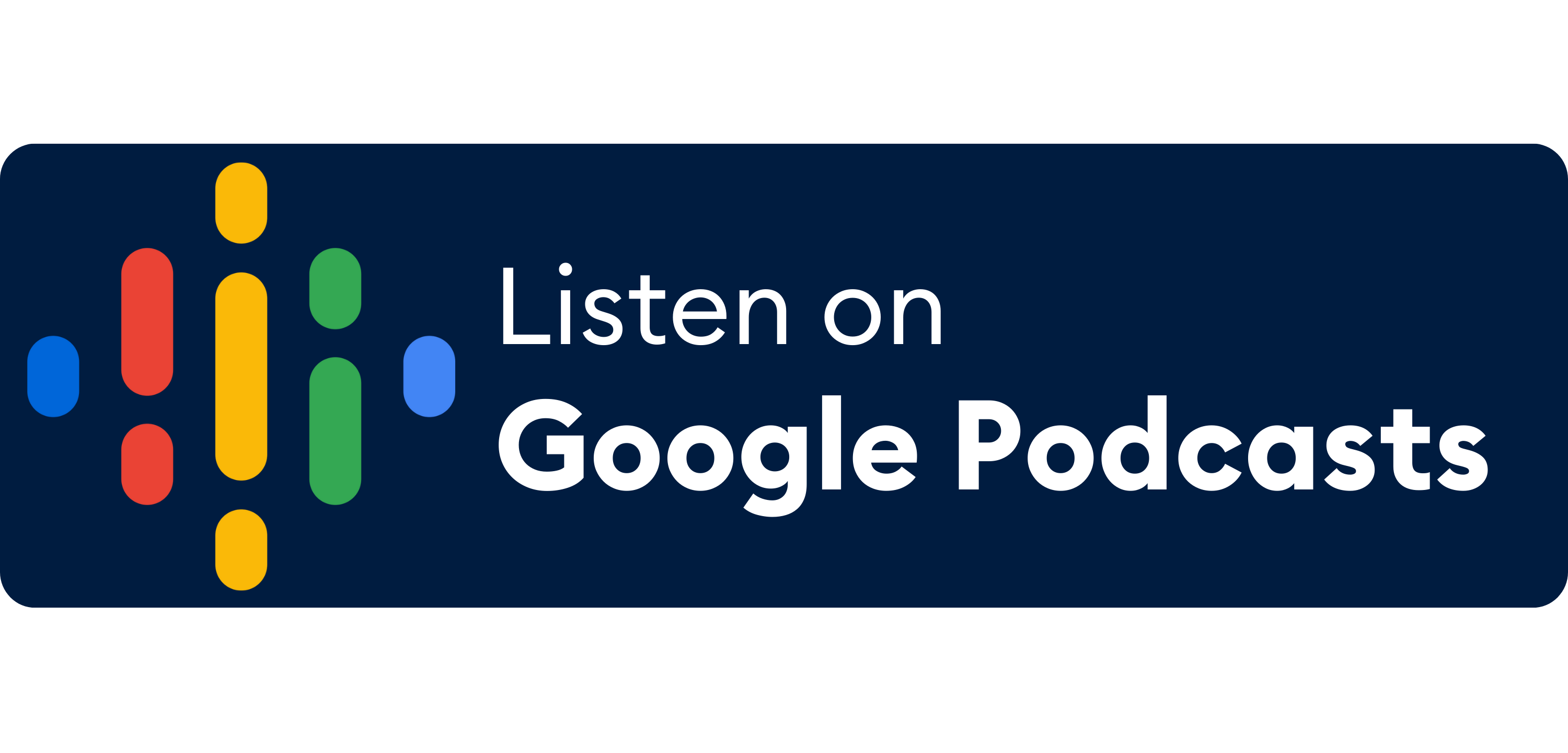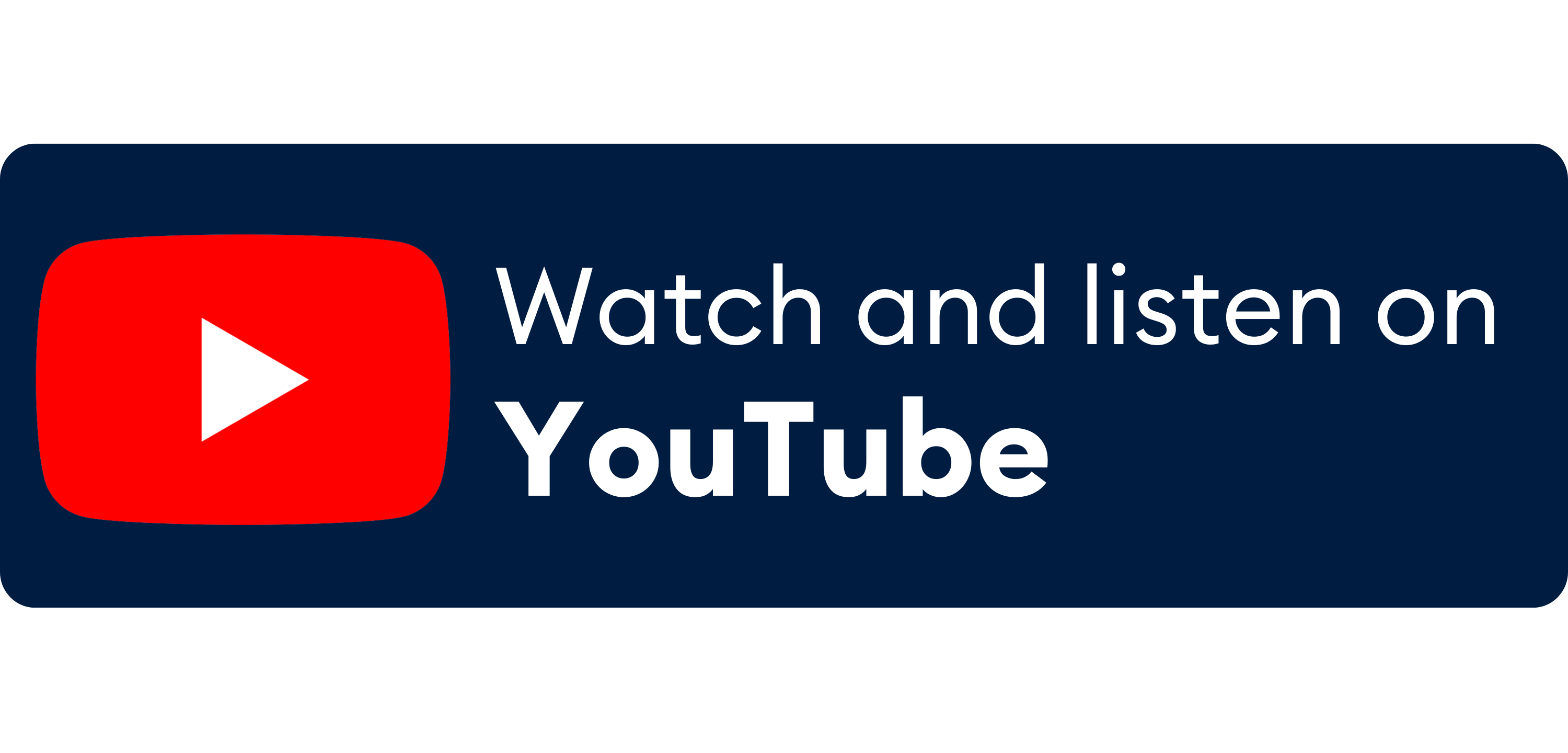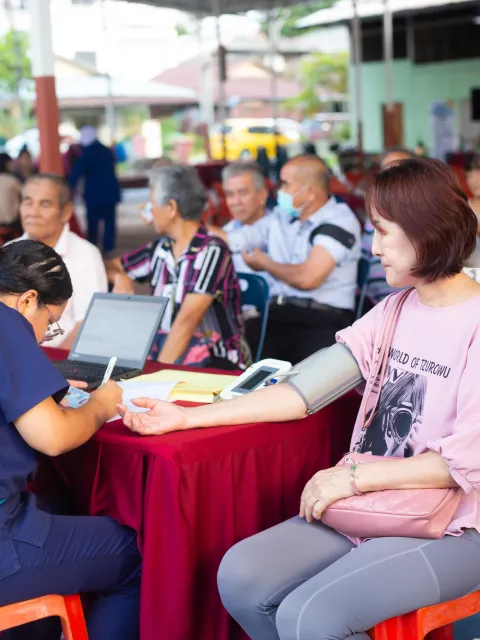
This episode of UICC's award-winning "Let's Talk Cancer" podcast explores the extraordinary benefits of conducting cancer research in space.
Space offers unique opportunities for scientific exploration, including cancer research.
CEO of UICC, Cary Adams speaks with Dr. Peggy Whitson, former NASA Chief Astronaut and current Commander on Axiom Mission 2, an all-private mission to the International Space Station. She is America’s most experienced astronaut, having spent 675 days in space, more than any other American or woman.
She is joined by Dr. Catriona Jamieson, Director of the UC San Diego Sanford Stem Cell Institute. Together they discuss the “Cancer in low-Earth orbit” project, notably studying prospective therapies for colorectal and breast cancers by testing countermeasure drugs at the International Space Station.
Tune in to find out how discoveries in space can help save lives on earth.
"I really see the future being an expansion of pharmaceuticals that were made in space."
– Dr. Peggy Whitson, Biochemistry Researcher, former NASA Chief Astronaut and Commander of the Axiom Mission 2.
See podcast transcript below
Listen on: Spotify | Stitcher | Apple Podcasts | Amazon Music | Audible | Deezer
Get notified of new podcasts by email
Podcast transcript
Cary Adams: Welcome to Let's Talk Cancer. I'm Cary Adams, CEO of the Union for International Cancer Control. And today we have a truly out of this world episode for you. The intersection of cancer and space may seem like an unlikely pairing, but it's a frontier where groundbreaking discoveries are being made. Joining us today is Peggy Whitson, America's most experienced astronaut who worked with NASA before serving as commander on the Axiom Mission two, the second all-private astronaut mission to the International Space Station. Our second guest is Katrina Jamieson, Director of the UC San Diego Stanford Stem Cell Institute. Both are working on cancer in low earth orbit, an experiment to study prospective therapies for colorectal and breast cancers by testing countermeasure drugs on the International Space Station. Join us as we journey to the frontiers of knowledge and explore how in the vastness of space, we may find new answers to one of humanity's greatest challenges Cancer. Welcome to this podcast and thank you very much for giving us your time. And Peggy, perhaps I could start with you. So how do you conduct research in space then? I mean, how does it actually work? What's the practicalities of it? You know, we see images of people in space and it looks quite difficult just to have a drink. So how do you do that?
Peggy Whitson: It is challenging. There are lots of different challenges of working in space. It offers a lot of unique environments that you don't have to worry about. Like, for instance, on the ground, you have convective forces, you have sedimentation forces, and in space you don't have any of those things impacting you, which is an advantage for a lot of different studies. Obviously no gravity either. So things can float. But disadvantages are, you end up having bubble formations because that surface tension tends to cause a little bit more problems with fluids and things. And so sometimes the hardware has to be modified to accept that kind of work in space. And and so it's just an adaptation to living in space and working in space. As a as a scientist, it's a lot of fun for me because you have to learn different ways of doing things, you know, in order to hold my samples down, I have to have Velcro or sticky sided tape with the sticky side up. Just lots of different techniques that we use to try and adapt to working in that environment. So I like the challenge and it's a lot of fun for me.
Cary Adams: So what unique insights can we gain from conducting cancer research in space?
Peggy Whitson: Well, we've actually found over the years that cancer cells tend to grow a little bit more like they do in your body without the effects of gravity on them. A lot of times they will actually grow and form more like they do in your body, which we have a hard time replicating for certain types of cancers on the ground. And so it's a good model system to test things like drugs or therapies that we might be able to use on cancers. And so that's one of the main reasons that we like to do it.
Cary Adams: Okay. Maybe I could turn to you then. So the cancer in low earth orbit project is, I understand, groundbreaking as an initiative. Can you provide some sort of overview what the project is and and why you believe it's so significant for cancer research?
Catriona Jamieson: Will you use the term groundbreaking? I use the term space breaking. Cancer's a problem because it decides to invade and go forth and multiply. And this is what space recapitulates. That stress of microgravity allows cancer to do this even more quickly when we get into that low earth orbit environment than it happens on the ground. It just happens faster. So what gave us insights into thinking about this was actually the seminal NASA twin study where Scott Kelly spent 340 days in space, but he came back with pre leukemic inversions and translocations in his chromosomes and also telomere changes that made us think, wait, those are pre malignant changes. We wonder if we send full blown cancer into space, in a tumour organoid system, whether or not we'll see enhanced proliferation, which indeed we did with the Axiom One mission. And then we said, well, that's too "Debbie Downer" [depressing] to just leave it at that, we better see if there are countermeasures or ways to predict, prevent and possibly reverse that. And that's where Peggy helped us make the seminal discovery that we can predict, prevent and reverse cancer's cloning capacity in space.
Cary Adams: So can I just clarify the relationship between the two of you? So, Peggy, you're the one that goes into space and you're the one who stays down on the ground, is that right? Thank you. Okay, so you're a team. You're a great team.
Catriona Jamieson: Yeah, we're a team, right?
Peggy Whitson: Right. I'm Cat's hands.
Catriona Jamieson: I think you're so much more than that, Peggy.
Peggy Whitson: I really am. Her hands. And when I'm on orbit, I can display and collect the data the way she wants it to be seen.
Catriona Jamieson: This was an incredible partnership that we were very fortunate to forge, thanks to NASA and their prescient notion that we really need to understand cancer development under conditions of stress and how ageing plays a part in that, and that we need to have these unique partnerships. So we developed a little pediatric blood bag that had tumour organoids that Peggy could help us to image on the microscope in low earth orbit. And then we have the ground control. So Peggy and I are complete partners. When she's doing the experiments on orbit, we're doing them on the ground. And what Peggy showed us is this has really important ramifications on Earth. By accelerating the timeframe for cancer development, Peggy was able to catch, in one moment, that cancer runs for cover. When we give cancer this drug called rebecsinib, and that's an inhibitor of a molecule called ADAR1. That is the cancer cloning gene, and it gets turned on like gangbusters. It blasts off in space. And it's really, really important to do that because it helps our therapeutics development on earth. It accelerates it. And that's the advantage of working in these extreme environments. It recapitulates a years worth of stress but compresses it into this very short period of time so we can accelerate the process of therapeutics development.
Cary Adams: I love the phrase cancer runs for cover. Okay, so the experiments you're doing in space help you accelerate the research. How do you translate that into what you're doing on the ground?
Catriona Jamieson: I think when you have a stellar scientist, pun intended, like Peggy Whitson, showing that this matters, that generates a lot of interest, and especially with my patients, I'm also a practicing hematologist and they say, what is this in space? Why is NASA helping us? I said, Well, you have the smartest people in the world and out of this world helping you with, as you alluded to, one of the toughest problems on Earth. Cancer is the number two cause of death in the US and is a major cause of morbidity and mortality internationally. It's about time we understood how cancer really gains hold, how it blasts off.
Cary Adams: So all of that combined energy and the ability for you to work together really well, has that led to any discoveries. You mentioned about new drugs there, Cat? Where where do you hope this is going to go in terms of new discoveries? Because from a cancer control perspective, we love it when we hear those new ways of understanding how a cancer develops and how it can be stopped. So where are you on that spectrum at the moment?
Catriona Jamieson: I learned in going to my first launch at the Kennedy Space Center was that rockets need rocket fuel, but they also need liquid oxygen to really boost to get off the ground. And what we find with cancer is that there's rocket fuel and there's an enzyme called apobec3 that seems to be the rocket fuel to initiate pre cancer. And then the liquid oxygen equivalent is that gene, that cancer cloning gene that I mentioned that really allows these cancers to blast off, invade and spread or metastasise to other sites. So what we discovered together with the Axiom crew, and Peggy in particular, is that the cancer cloning gene, when we use a genetic reporter, that gene gets turned on, it turns on that green fluorescent protein, but also that that becomes a therapeutic vulnerability or Achilles heel. So by understanding that's a main driver of cancer proliferation in space, particularly in these triple negative breast cancer models, we were able to add two drugs. One is called fedratinib. It's FDA approved. And that seems to block the inflammatory growth factor-induced activation of ADAR. The other one, rebecsinib, was really more selectively blocks ADAR by preventing malignant splicing, and that one seemed to be the more potent one. So the reason that advances therapeutics development, it says that what we have now that's already FDA approved is probably not going to be good enough. The one that we need to make is rebecsinib to really get after tumours. And there are about 20 different tumours that rely on ADAR to be their liquid oxygen, to really allow them to blast off. That compels us to make rebecsinib as a drug. But it also caught the attention of grant reviewers who felt equally compelled and said, okay, well, we think you should make that drug.
Cary Adams: Peggy, it was mentioned earlier, I think Cat mentioned about an astronaut who's showed signs of cancer on return. Could I just switch to the challenges of being an astronaut? Peggy, you've been in space how many days? You told me earlier, what was that?
Peggy Whitson: It's 675 days.
Cary Adams: In the future, that could be a lot longer for many others. Is there a greater likelihood of themselves, of you and others, of developing cancer as a result of the the trips that you make?
Peggy Whitson: Well, we obviously live in a higher radiation environment when we go into space. And so that that has the potential obviously to contribute to cancers forming. The other thing that Cat also mentioned was that, we have what a lot of people feel is accelerated ageing. And so obviously as we age, we're more likely to express cancers or have them be expressed within our bodies. And so I think both of those are probably the biggest contributors for that potential of having more cancer.
Cary Adams: The challenge, I guess, is monitoring health during that period. And if cancer is accelerated and ageing is accelerated, then there's a greater risk for cancer with longer space travel. So is there anything that you as an astronaut are doing in order to really protect your health, avoid the risk factors for cancer, for example?
Peggy Whitson: Well, the one one thing is that we also have a diet that's much lower in salt to try and protect, for instance, bone demineralisation processes. Once we know a little bit more about what we can do to minimise for cancers, I'm sure that those those types of therapies will also be included. We do try and use radiation shielding in our vehicle to protect from the radiation events. But as Cat mentioned, you know, there are lots of stressors of being in space and everyone's body reacts just a little bit different.
Cary Adams: Is that something that your research is going to help as well, Cat? Is that going to help astronauts like Peggy survive the potential higher risk of cancer as they spend longer in space?
Catriona Jamieson: Yeah, so what I should say is there is a lot of interindividual variability in terms of response to space, but response to stress in general, we actually respond differently from a stem cell standpoint to the same stress. So the three of us may experience the same stress and some of us will mobilise our stem cells and other ones won't. So we're trying to understand that first and foremost. But the bioreactors, these little pediatric blood bags with the three dimensional sponge that we seeded normal stem cells into, have this fluorescent reporter, a genetic reporter, and really understand this in real time with real time imaging, as the canary in the coal mine for each astronaut as they go into space. So we can say, Peggy, is your bioreactor is telling us that you're getting a bit stressed up there? You may need to shorten this mission. And so that's what we're trying to give back to the astronaut community. It's not just to NASA, it's to the very bravest, best scientists that I've ever met who are going to be heroic and take on these fundamental challenges for humanity and do it themselves. I'm not brave enough to do that. And I get motion sickness, so I don't think I'm going to be doing this anytime soon. But these are remarkable insights that we could never have gotten... So that canary in a coal mine - my dad was a coal mining engineer, I'm a coal miner's daughter - is something my dad talked about. You know, canaries will die with carbon monoxide exposure. You can't smell it. It's the same thing with space. You don't know that you're being exposed to something. So that's what we can give back. The nano bioreactors have value and they would be the little mini avatars for each astronaut. But we can do that on the ground as well.
Cary Adams: Peggy, you don't strike me as someone who's going to be stressed when you're in space. I mean. But I may be wrong. What's your involvement? What's your interest in this research? I mean, you must have a very keen interest in the the medical advances that can derive from the experiments that you're doing and helping Cat on the ground. So where did your interest come in on this?
Peggy Whitson: Well, over the two decades that I've been an astronaut, I've seen lots of different investigations happening in space. And there's some really exciting finds that we are seeing up there in space. But obviously everyone wants to help cure cancer. And so there's a big push in my mind to try and and help out as much as we can from my perspective at Axiom Station in the future when when we start building Axiom Station connected at least initially to the International Space Station, we will have even more potential to help commercialise activities that occur in space. Right now it's basic research that's been going on and Axiom Space has the goal to to actually take all that research to the next level and actually maybe produce things that we need here on the ground. I really see the future being an expansion of pharmaceuticals that were made in space And, you know, Cat's research has already shown us one particular pharmaceutical that may be a big factor in fighting those cancers that all of us care about.
Cary Adams: And in terms of the therapies that you're looking at, breast cancer is a particular target. Are there others where you feel that there is more opportunity for new therapies coming out for cancers? Or is it a broad learning which is applicable to many cancers?
Catriona Jamieson: I think it's a broad learning. I think this is applicable to many cancers. When you take that gene, ADAR1, ADAR is on our radar. It's activated in 20 different malignancies as they become resistant to therapy and decide to clone themselves and evade host immune system responses. So it's sort of like the cloaking shield that the Klingons had. That's what ADAR does, it allows cancers to evade and sneak past the human immune system. I think that the key here is really starting at pre-cancer, really not waiting until cancer is blasting off, and this helps everyone on the ground, so the Axiom 2 crew has been extremely thoughtful to be part of this research. We have approved research where we collect blood stem cells before launch. Launch -45 days, launch minus one, during flight launch, you know, after return, day plus one, and then day plus about 45 to 54 and then yearly, so that we can not just see, oh, pre-cancer or cancer developed. Stop it in its tracks. Again, make cancer run for cover. Don't allow it to take over. And that's how the astronauts are helping with our attempts to stop cancer when it's at the pre cancer stage or even before that, when we see accelerated hematopoietic or blood stem cell ageing and the immune system isn't being made properly. That's how cancer gets an upper hand. We need to say to the immune system, wake up, smell the coffee, you really need to be on this. And that's why patients are so encouraged. I see patients in my clinic with a pre-malignant condition called a myeloproliferative neoplasm or disorder, and that's where we can intercede. We need to get a cancer before it really gains hold. And that's where these really important missions with Peggy and the Axiom crew have been absolutely vital. And with NASA really helping us to understand a new frontier for unraveling cancer development in its very earliest stages. That's why this is so important.
Cary Adams: A lot of that depends on the ability to diagnose early. And I know that diagnosis can be expensive, difficult, complicated and available to the few. So are you optimistic that diagnosis can progress as a result of this research?
Catriona Jamieson: Absolutely. So in terms of diagnostics, we're developing stem cell fitness tests and really trying to have a pre-cancer atlas that we develop that is stem cell specific. Because if you get a mutation in your stem cells, those stem cells last your lifespan. That's why the stem cells matter. They have inherent longevity. So it means if you have a cell that has, you know, pre-cancerous mutations and it can last 80 years, you better know about that. That's the cell you need to target. So we are developing more enhanced diagnostic capacities, not just for people to prevent them from developing cancer, but for people who have already had cancer and they're worried about the cancer coming back. So the number one cause of death due to cancer is cancer recurrence, not the initial diagnosis. So this is going to help us to have early warning signs, radar for cancer recurrence.
Cary Adams: And Peggy, is there any any way in which you can replicate the situation or circumstances in a space station on Earth? Is there any way you can do that or is it a unique place where you can do do things differently?
Peggy Whitson: It is a very unique place. But sometimes, once we understand what part of the microgravity environment changes something, we can change activities of things and understand them better and then refine the processes on the ground to try and compensate. One in particular is protein crystallisation. It goes very well in space and by understanding, you know, the conditions that we are generating in space, we can sometimes mimic or reproduce some of those characteristics here on the ground. And so sometimes it's an understanding that enables us to improve our procedures and process on the ground. And other times it is wholly a unique environment that can't be reproduced on the ground.
Cary Adams: Peggy, can I ask, are there other experiments taking place with regard to other diseases? UICC, my own organisation, works in partnership with, for example, the diabetes groups, the heart groups, the heart disease groups, the lung disease groups, because we have common risk factors. So are there other experiments in that space as well?
Peggy Whitson: Absolutely. We've done cardiac stem cells, grown them in space and done various research on that. We've done a lot in particular in bone studies because it's another particular environment where space accelerates what would be bone demineralisation on the ground. For instance, an osteoporotic woman would lose 1% of her bone density in a year, and in space we would lose 1% of our bone density in a month if we did not compensate for it with exercise, two hours worth of exercise a day. So it's a great environment to test therapies, new drugs. We've used rodent models, we've used cell culture models to look at new drugs and different types of therapies in that area as well. So there are lots of venues where space offers an advantage and it just requires some of that basic research to be completed and then to take the next steps, much as Cat's team is doing.
Cary Adams: I'm so glad that we've got you two leading the way and developing the opportunity to find new discoveries - not groundbreaking, I took the nod, Cat - but space breaking. I can understand that. Thank you very much. That was been really very interesting. I hope that inspires the cancer community and those who listen to this podcast because we want to hear about these great new ideas and innovative ways of identifying new medications. And I certainly loved the phrase that you used, Cat, about, you know, the cancer runs for cover. Let's hope that it does with the work that you do and the outcomes of that work. So thank you very much, both of you, for the work you're doing. It really is appreciated.
Catriona Jamieson: Thank you. Thank you very much.
Cary Adams: Thank you for listening to Let's Talk Cancer. We hope you enjoyed this episode. If you have a moment, please do give us a rating and share the podcast out. It really helps us reach a wider audience and inform more people about issues surrounding cancer. For questions and comments, don't hesitate to get in touch at communications@uicc.org.
Last update
Thursday 11 April 2024




